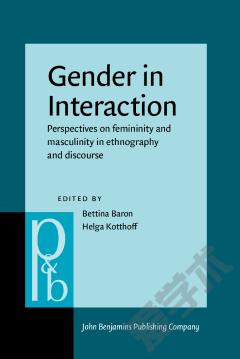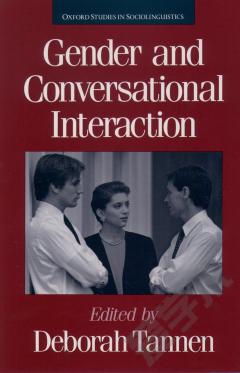Gender in Interaction. Perspectives on femininity and masculinity in ethnography and discourse.
In this volume, gender is seen as a communicative achievement and as a social category interacting with other social parametres such as age, status, prestige, institutional and ethnic frameworks, cultural and situative contexts. The authors come from a variety of backgrounds such as sociology of communication, anthropological linguistics, sociolinguistics, social psychology, and text linguistics. Masculinity and femininity are conceived of as varying culturally, historically and contextually. All contributions discuss empirical research of communication and the question of whether (and how) gender is a salient variable in discourse. So, one aim of the book is to trace the varying relevance of gender in interaction. Emotion politics, ideology, body concepts, and speech styles are related to ethnographic description of the contexts within which communication takes place. These contexts range from private to public communication, and from mixed-sex to same-sex conversations framed by different cultural backgrounds (Australian, German, Georgian, Turkish, US-American).
{{comment.content}}








 京公网安备 11010802027623号
京公网安备 11010802027623号